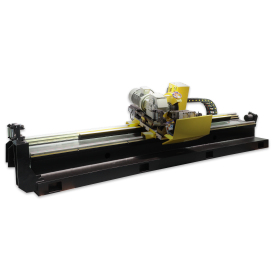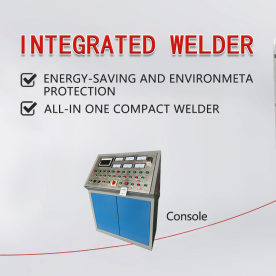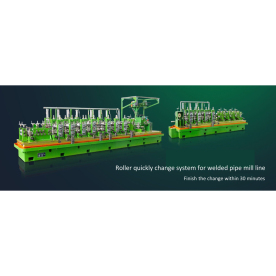[High-Speed Flying Saw Machine]Revolutionizing Precision Cutting: The Advantages of High-Speed Flying Saw Machines in Modern Manufacturing
News 2024-8-3

Revolutionizing Precision Cutting: The Advantages of High-Speed Flying Saw Machines in Modern Manufacturing
The High-Speed Flying Saw Machine operates on a unique principle that distinguishes it from traditional sawing equipment. Unlike standard saws, which often require a stationary workpiece, the flying saw utilizes a continuous feed system where the material is propelled forward while the saw blade moves at high velocity. This integration of advanced mechanics allows the saw to engage the material precisely at the right moment, leading to improved cut quality and reduced cycle times. Additionally, the use of high-speed circular saw blades enables these machines to slice through various materials, including metals, plastics, and composites, with remarkable efficiency.
One of the most significant advantages of High-Speed Flying Saw Machines is their ability to enhance productivity. By combining the feeding and cutting processes, these machines minimize downtime associated with positioning and securing materials. A conventional saw setup often requires multiple adjustments and slower operation speeds, which can lead to inefficient production lines. In contrast, a flying saw machine significantly lowers production time by allowing for continuous operation without interruptions, making it ideal for high-volume manufacturing.

Revolutionizing Precision Cutting: The Advantages of High-Speed Flying Saw Machines in Modern Manufacturing

Revolutionizing Precision Cutting: The Advantages of High-Speed Flying Saw Machines in Modern Manufacturing
Furthermore, advancements in technology have paved the way for customization and automation within High-Speed Flying Saw Machines. Modern models can be equipped with smart controls and sensors that monitor the cutting process in real-time. For instance, automated setups can adjust feed speeds and blade tensions based on the specific characteristics of the material being processed. This self-regulating feature not only enhances efficiency but also extends the lifespan of the saw blades, resulting in reduced operational costs.
Sustainability is another critical consideration in contemporary manufacturing. High-Speed Flying Saw Machines contribute positively to environmental efforts by minimizing material waste and energy consumption. The precision of cuts means less scrap material, while the efficient operation of these machines often results in lower energy usage compared to conventional saw setups. As industries move towards greener practices, the adoption of such technologies aligns with broader sustainability goals.
Despite their advantages, manufacturers must consider initial investment costs and training for personnel operating High-Speed Flying Saw Machines. However, when evaluating long-term productivity gains, enhanced precision, and increased flexibility, the return on investment becomes evident. The competitive edge gained from incorporating such advanced technologies can be significant, positioning companies favorably within their respective markets.
In conclusion, the High-Speed Flying Saw Machine represents a pivotal advancement in the world of modern manufacturing. With the unmatched combination of speed, precision, and versatility, these machines are redefining cutting processes across various industries. As businesses continue to seek innovative solutions to enhance their operational capabilities, the High-Speed Flying Saw Machine stands out as a technology that not only meets current market demands but also sets the stage for future efficiency and productivity.
